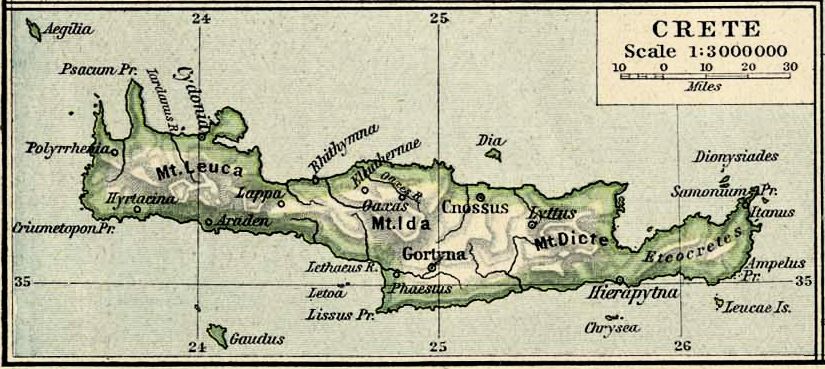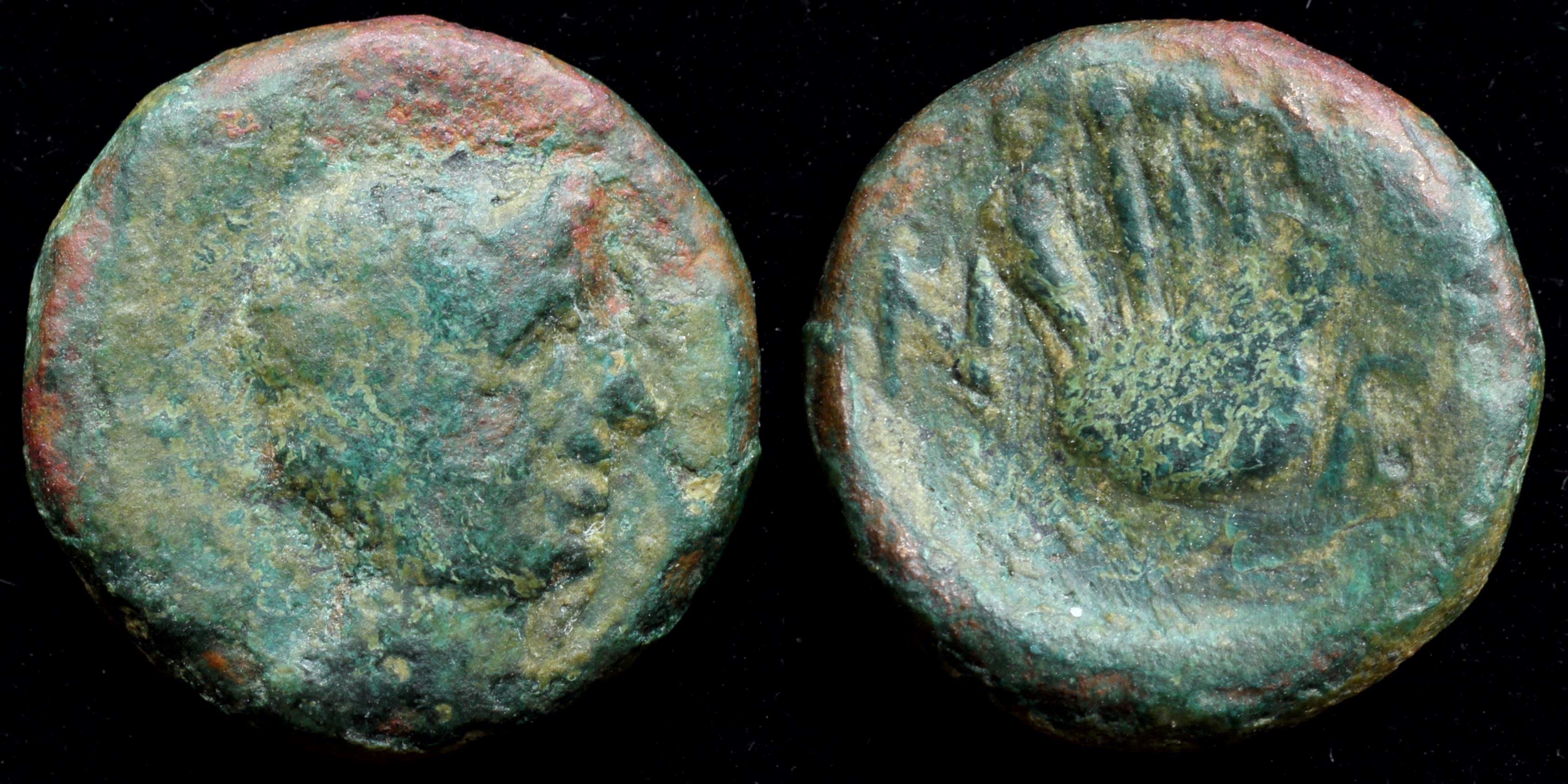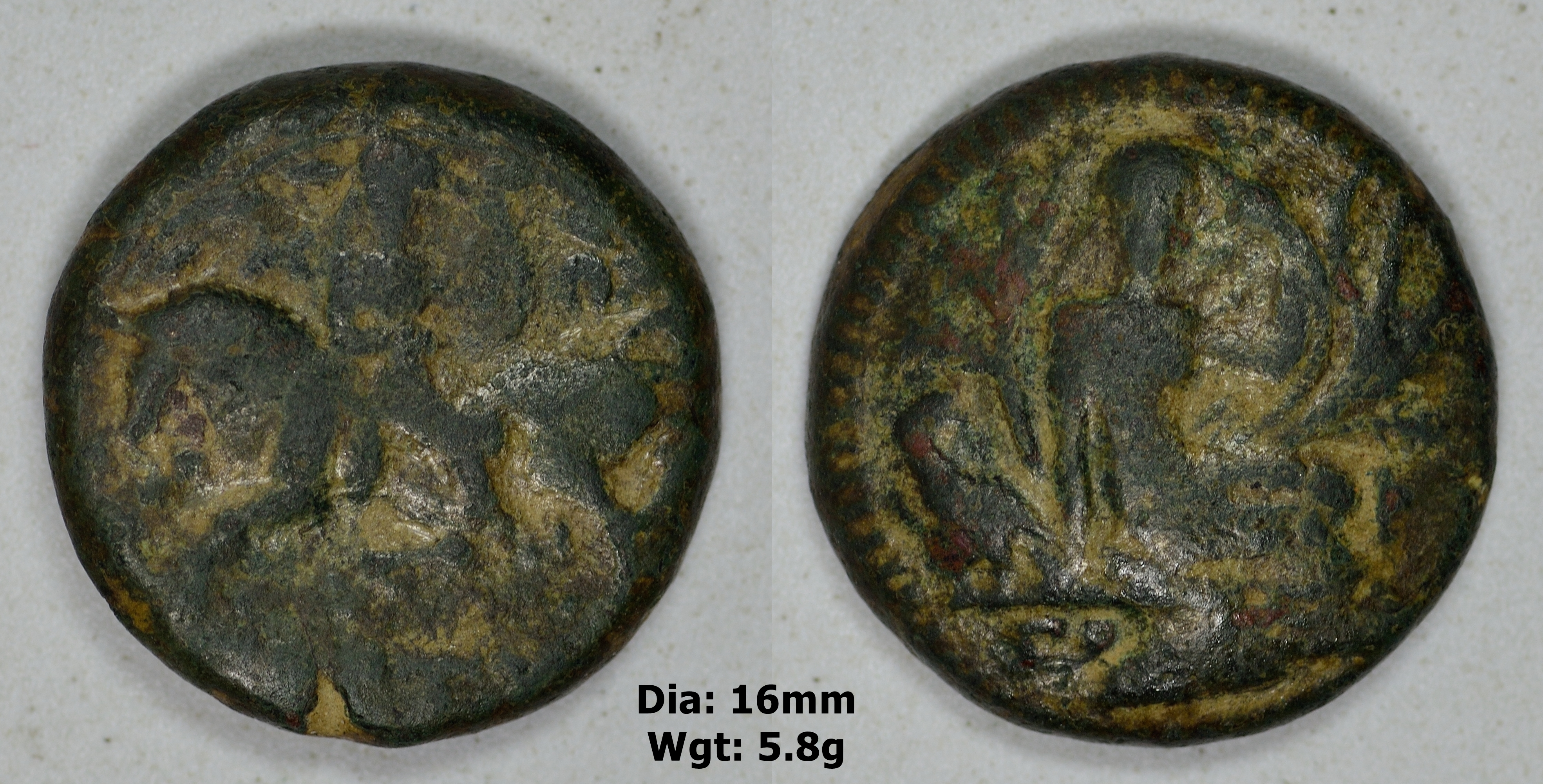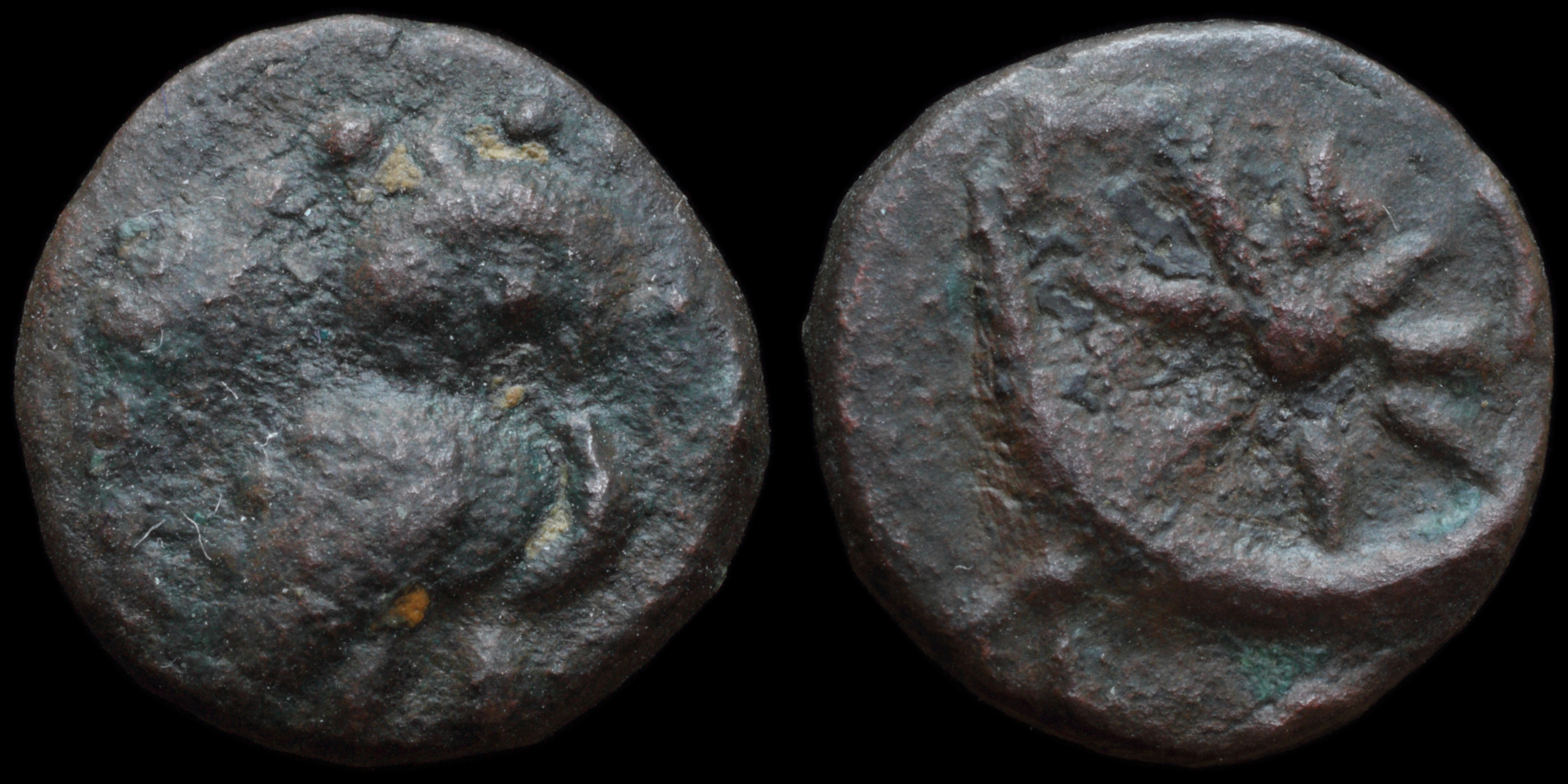Crete is the largest and most populous of the Greek islands, and forms a significant part of the cultural heritage of Greece.
After the Bronze Age collapse, Crete was settled by new waves of Greeks from the mainland. A number of city states developed in the Archaic period. In the late 4th century BC, the aristocratic order began to collapse due to endemic infighting among the elite, and Crete's economy was weakened by prolongued wars between city states.
In 69 BC, Crete was conquered by the Roman Republic, mainly to prevent Ptolemaic expansion.
After the Bronze Age collapse, Crete was settled by new waves of Greeks from the mainland. A number of city states developed in the Archaic period. In the late 4th century BC, the aristocratic order began to collapse due to endemic infighting among the elite, and Crete's economy was weakened by prolongued wars between city states.
In 69 BC, Crete was conquered by the Roman Republic, mainly to prevent Ptolemaic expansion.

(1)
Aptera (Crete)

An
AE
unit
struck 250-67 BC
in
Aptera (Crete)
Obverse: laureate head of Apollo right
Reverse: lyre; A_Π
Diameter:
10.5 mm
Die Orientation: -
Weight: 1.3 g
Die Orientation: -
Weight: 1.3 g
No notes for this coin
Svoronos, Numismatique 42; SNG Copenhagen 336; Traeger 11; Lindgren Coll. II 1708
.jpg)
Obverse: C CAESAR AVG GERMANICVS, Bare head of Caligula facing right
Reverse: GER CAESAR PVLCHRO III VARIO IIVIR, Bare head of Germanicus facing right
Diameter:
22 mm
Die Orientation: 12 H
Weight: 6.67 g
Die Orientation: 12 H
Weight: 6.67 g
Pulcher III Varius IIviri
RPC I 994
(3)
Gortyna

Obverse: Europa seated right in tree, lifting drapery; eagle standing to left.
Reverse: Europa seated right on bull running left, lifting her drapery; all within wreath
Diameter:
16 mm
Die Orientation: -
Weight: 5.8 g
Die Orientation: -
Weight: 5.8 g
No notes for this coin
Jackson pl. 12, 2; Svoronos, Numismatique 109; Joy 466; SNG Copenhagen 447; BMC 45

